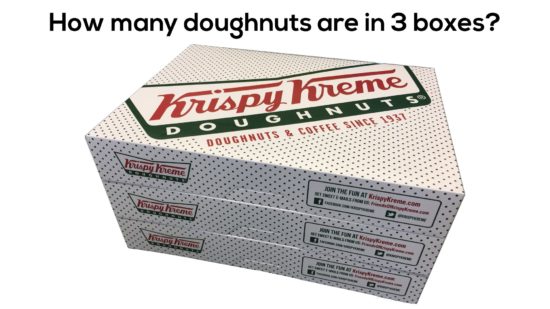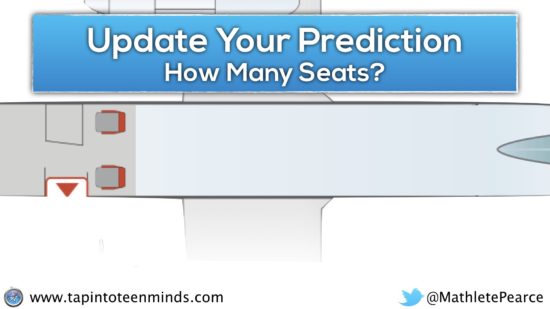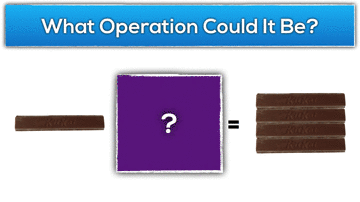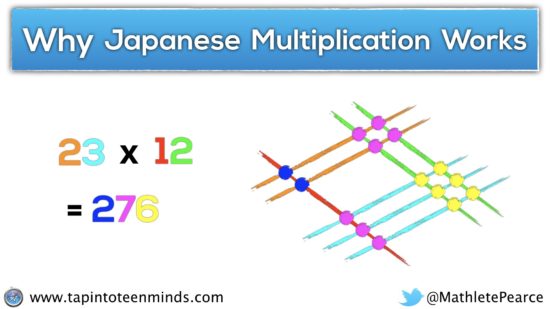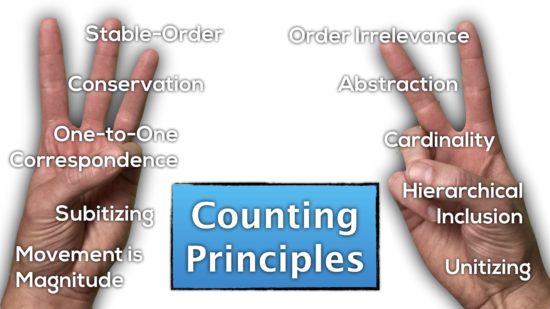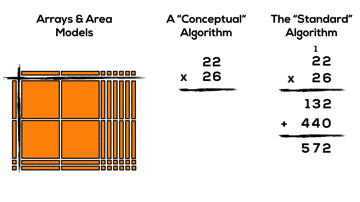Looking Back and Planning Forward
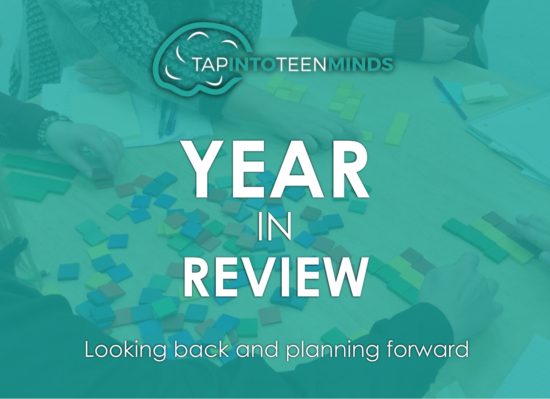
What an amazing year 2017 has been!
For those of you who have been with me since the beginning, you likely remember this blog as a place to share my learning from a Teacher Learning and Leadership Program (TLLP) project where I went paperless in my math classroom.
Boy, have I learned a ton since 2012.
Over time, this blog has undergone a complete transformation focused on technology based content to specializing in supporting teachers interested in building their K-12 math content proficiency and pedagogical knowledge.
When I look back to the numbers from 2012, I remember being elated to see that I had just over 38,000 pageviews in that first year of blogging. At the end of 2017, I’m shocked to see that the website has had over 675,000 pageviews from educators like yourself all around the world!
Let’s take a quick look back to some of the most popular 3 act math tasks, blog posts and math visual videos from this past year and I’ll leave you with my reflections from 2017 as well as what you can expect for 2018.
Top 3 Act Math Tasks for 2017
1. Donut Delight
Donut Delight was originally crafted to provide an opportunity to spark curiosity around multiplication and fuel sense making around different strategies involving concrete manipulatives, visual representations and finally, standard algorithms.
This task has since expanded in both directions; stretching backwards to helping primary students who are working on early multiplication as well as pushing forwards to providing opportunities for students working on building a conceptual understanding of division and later, proportional reasoning.
2. Airplane Problem
This task was created to provide an opportunity to implicitly (then explicitly) introduce arrays when working with early multiplication, however many teachers are using it as a way to access students spatial reasoning skills by conceptually subitizing, using strategies such as skip counting and introducing the distributive property by “splitting the array”.
Teachers in later grades can use this task as they introduce order of operations as well as algebraic expressions and equations.
3. Gimme a Break
Gimme a Break is a task that was intended to give students a more contextual situation and visual experience to tackle the idea of operating on fractions. This problem starts with a really low floor by using unit fractions like 1 one fourth and builds to doing some multiplication and even division of fractions.
Be sure to give this one a look and modify to suit the needs of your students.
Top 3 Blog Posts for 2017
1. Japanese Multiplication
Earlier this year, I had been seeing a Facebook post going around showing how people in Japan supposedly multiply using sticks. The video made it appear as though this was some sort of magic trick. Anyone who reads this blog knows that I don’t like leaving people to believe that math is just a bunch of tricks, so I tried to figure out why it works.
Turns out, the reason it works is fairly obvious when we explore multiplication concretely using base 10 blocks as a starting point.
2. Counting and Quantity Principles
Spending so much time working with Kindergarten and primary math teachers has opened my eyes to how important early development of counting and quantity for our young children really is. Having come from the secondary world, I had no idea how complex the ideas behind counting and quantity really are.
This post summarizes 10 principles with visual animations that are really important for students to build their counting skills and their understanding of quantity in general. Give it a read.
3. Progression of Multiplication
The third most popular post on the blog is a continuation from where we leave off with unitizing in the counting and quantity post and building into early multiplication, through the standard algorithm as well as how we can leverage these important skills in grade 8 and 9.
Check it out!
Top 3 Videos & Math Visual Animations for 2017
1. Visualizing the Volume of a Sphere Formula
In this video, we show the summary of a 3 act task called Cones and Spheres where we learn that a sphere can hold twice the volume of a cone with the same radius and height.
From there, we take the formula for volume of a cone and explore what happens when we double it and simplify. Definitely a fun way to go about introducing the Volume of a Sphere instead of just writing down the formula like I did (regretfully) for the majority of my career.
This video had over 74,000 views this year alone and has over 160,000 views total.
2. OAME 2017 Ignite Speech: The Beauty of Elementary Mathematics
I really had a blast focusing most of my attention on K-8 mathematics over the past 18 months. From all of that learning, I tried to summarize it all in a 5-minute Ignite Speech.
3. Visualizing the Volume of a Triangular Prism
Finally, another visualization where I try to help conceptually develop the formula for volume of a triangular prism. Nothing super fancy here, but it did receive over 11,000 views in 2017.
2017 Reflections and Plans for the Year Ahead
Not only did I prepare this Year in Review post to give you a quick summary of some of the big ideas shared over the past 365 days, but also to give me a reason to go back and analyze what content provided the most value for the most people. For those who know me personally, you’d probably agree that I have many ideas and I can sometimes struggle to decide what is most important to focus on.
While I’ve learned more than I can share in a single blog post about myself and my own mathematical journey, I’d like to mention a couple goals for this website for the year ahead.
Goal #1: Be less of a perfectionist.
With two growing children and a very demanding position as K-12 Math Consultant with my district, I have less time to commit to sharing online. Rather than posting less, I want to make it a priority to try avoiding some of the perfectionist qualities that create more stress and anxiety than productive content.
Goal #2: Spend more time fuelling sense making.
As I mentioned in a recent post, I have committed much of the past 5 years blogging focusing on sparking curiosity alone. I now know that a ton of effort can go wasted if we just get students interested in a problem without having a solid plan to help them build their conceptual understanding around the learning goal for that day.
Based on the top tasks, posts and videos from this year, it is clear that there is a thirst for more of this focus.
Goal #3: Build a more structured way to share knowledge.
While my blog has over 250 posts, 52 of my own 3 act math tasks and a ton of Ontario specific course resources, I can see how it would be difficult for anyone to know where to start. I’d like to commit to creating a course that helps summarize all of what I’ve shared thus far and add the piles of content that sits dormant on my hard drive for more to benefit from. I’d love to hear your feedback on how I might be able to accomplish this moving forward to provide the most value possible for my colleagues in the math education community.
With these 3 goals in mind, I am excited to continue learning as we head into 2018 together!
Here’s wishing that you have a Happy New Year with your Family and Friends.
We’ll be in touch soon!
Kyle
WANT TO LEARN HOW TO TEACH THROUGH TASK?

Share With Your Learning Community:

About Kyle Pearce
I’m Kyle Pearce and I am a former high school math teacher. I’m now the K-12 Mathematics Consultant with the Greater Essex County District School Board, where I uncover creative ways to spark curiosity and fuel sense making in mathematics. Read more.
Read More From The Blog

